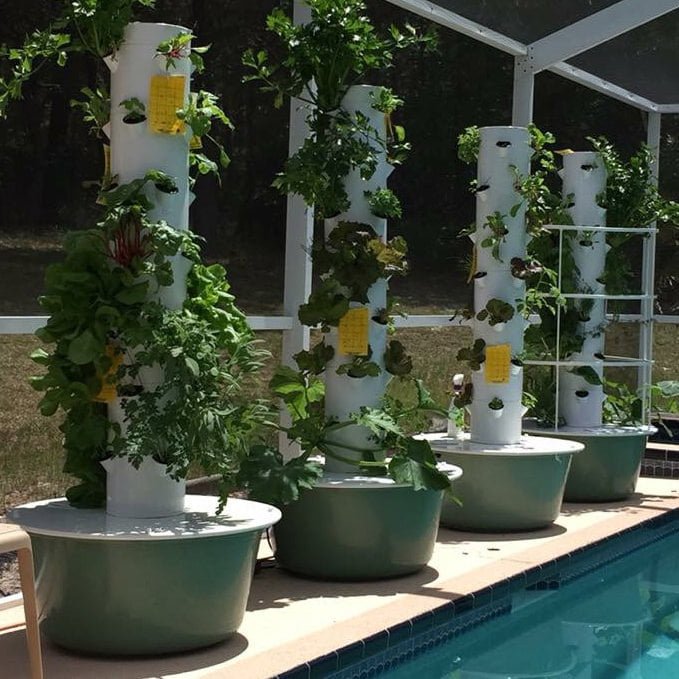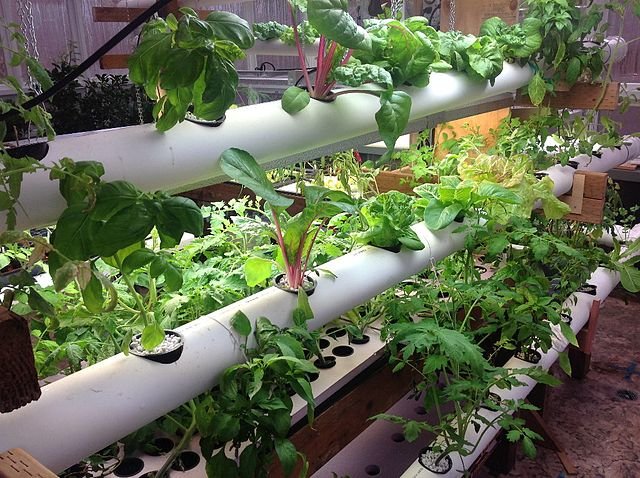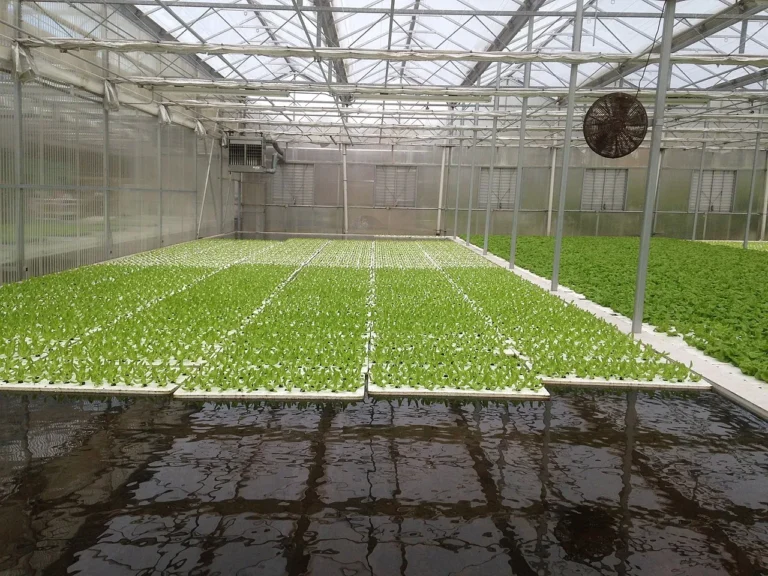Tower Gardens: The Future of Urban Gardening
As city dwellers continue to search for innovative ways to incorporate more greenery into their lives, tower gardens have quickly emerged as the superhero of small-space gardening. But what exactly are tower gardens, and how can they revolutionize the way we grow our own food? This article delves into the magical world of vertical gardening, detailing the benefits, the how-tos, and tips for success.
Understanding Tower Gardens
Tower gardens, also known as vertical gardens, are an innovative way of growing plants upwards, typically using hydroponics, a method of growing plants without soil. A tower garden can accommodate a wide variety of plants, from edible crops like lettuce and strawberries to decorative plants like petunias and marigolds, all in a compact, vertical structure. This makes tower gardens perfect for urban environments where space is often limited.
Benefits of Tower Gardens
- Space-Saver: By growing vertically, tower gardens allow urban gardeners to maximize their yield in a minimal footprint. They’re perfect for balconies, rooftops, patios, or any small space that gets adequate sunlight.
- Efficient Water Usage: Most tower gardens use a recirculating system, saving water by reusing it multiple times before it needs to be replaced.
- Less Physical Strain: No more bending over or kneeling on the ground. Plants in a tower garden are easily accessible, making it a more comfortable experience for those with physical limitations.
- Fewer Pests and Diseases: Because they are elevated, tower gardens are less likely to encounter issues with pests and soil-borne diseases.
Starting Your Tower Garden
Getting started with your tower garden is pretty straightforward:
- Choose Your Tower: Several commercial tower garden systems are available on the market, or if you’re feeling handy, you can DIY your own.
- Select Your Plants: Choose a variety of plants that match your tower’s light exposure. Remember to place larger plants at the bottom so they don’t shade the smaller ones.
- Planting: Follow the instructions that come with your tower garden system. Most will require you to start your seeds in a separate medium and transfer them to the tower once they’ve sprouted.
- Maintain: Keep an eye on your plants’ health, regularly checking for pests or signs of disease. Also, monitor the water and nutrient levels in your system.
Successful Tower Gardening Tips
- Light: Make sure your tower garden is positioned in a spot that gets adequate sunlight (6-8 hours for fruiting plants, 4-6 hours for leafy greens and herbs).
- Nutrition: In hydroponic systems, plants get their nutrition from water. Make sure to use a balanced hydroponic nutrient solution to keep your plants healthy.
- Rotation: Rotate your tower garden regularly to ensure all plants get equal exposure to sunlight.
- Seasonal Planting: Just like traditional gardening, tower gardening benefits from planting in season. This will ensure your plants thrive and produce bountiful yields.
Conclusion
Tower gardens can be a game-changer, especially for those who thought they didn’t have the space or resources to grow their own food. Not only do they provide fresh, nutritious produce right at your fingertips, but they also add a touch of green to your urban living space. With tower gardens, the future of urban gardening looks brighter—and greener—than ever.




